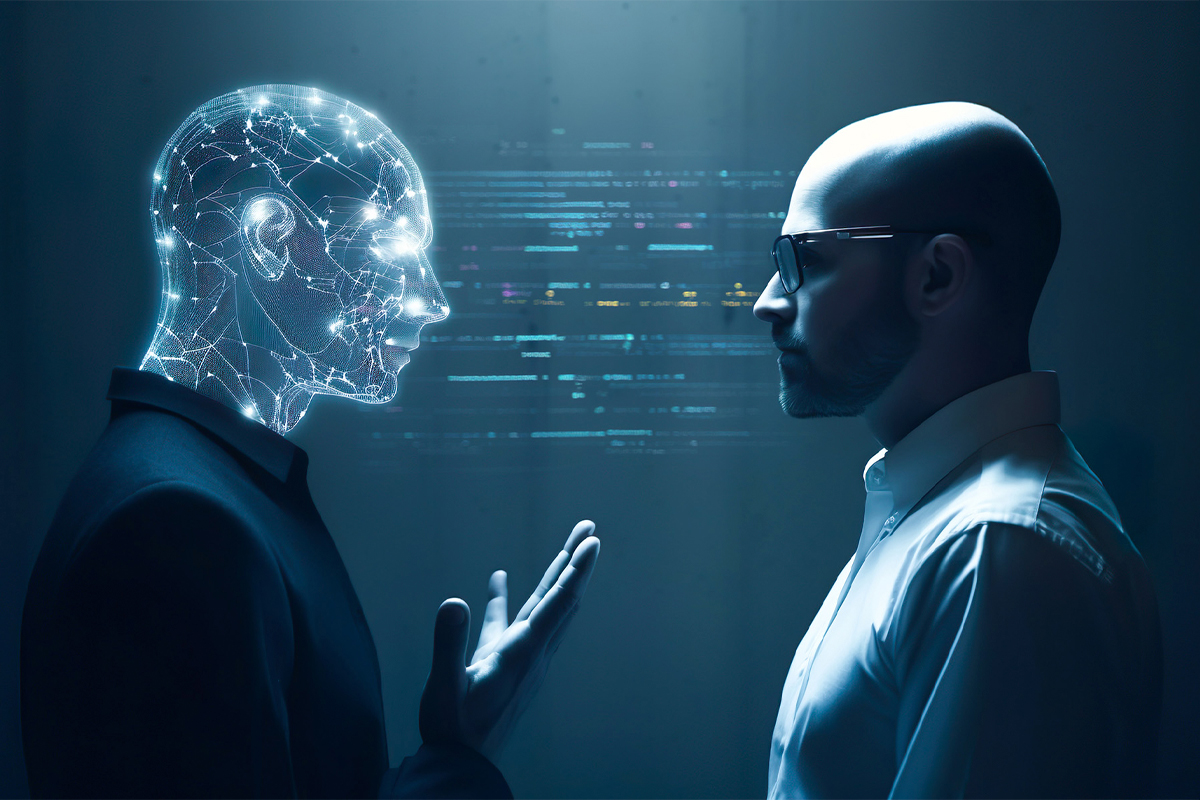
In response to Joe Dolson’s recent exploration of the intersection between AI and accessibility, I deeply resonate with his skepticism surrounding AI’s broad applications. Even in my role as an accessibility innovation strategist at Microsoft, actively contributing to the AI for Accessibility grant program, I share a healthy skepticism. Much like any tool, AI possesses the potential for both constructive and destructive applications, ranging from inclusive and accessible to harmful. Joe’s discussion on computer-vision models generating alternative text underscores valid concerns, particularly regarding the current limitations of image analysis. While these models improve in detail, their contextual understanding remains a challenge, leading to potential inaccuracies in alt-text descriptions.
Joe aptly advocates for human-in-the-loop authoring of alt text, suggesting that AI could provide a starting point—even if it prompts users to refine or correct the generated descriptions. Beyond this, envisioning a model specifically trained to analyze image context offers exciting possibilities. Such a model could efficiently distinguish between decorative and essential images, streamlining the process of making web content more accessible.
Addressing the complexity of describing intricate images, Joe hints at the potential of AI, particularly referencing the example shared during the GPT-4 announcement. Imagine a world where users, aided by AI’s recognition of image types, could interactively inquire about complex graphics, fostering a more inclusive experience for individuals with visual impairments, color blindness, cognitive disabilities, and more. This capability also holds promise in educational contexts, helping sighted individuals comprehend complex charts and data.
Taking a step further, the prospect of instructing browsers to simplify, isolate, or modify complex charts for better accessibility is tantalizing. This chat-based interaction, coupled with AI’s image manipulation capabilities, could revolutionize how users engage with visual content.
The idea of purpose-built models extracting information from charts and converting them into more accessible formats, such as spreadsheets, is particularly noteworthy. This innovation has the potential to enhance accessibility and usability across diverse user groups.
Safiya Umoja Noble’s poignant insight in “Algorithms of Oppression” resonates, highlighting the inherent potential of computer models to amplify conflict, bias, and intolerance. The harmful impact of poorly designed algorithms underscores the critical importance of diversity in their development. Mentra’s employment network, driven by an algorithm matching neurodivergent job seekers with inclusive employers, exemplifies how algorithms, when crafted by diverse teams, can mitigate harm and provide meaningful solutions.
The call for diversity in algorithm development extends to social media recommendation engines. Imagine a recommendation system tuned to diversify users’ spheres of influence, encouraging connections with individuals who offer varied perspectives. Simultaneously, these systems should employ an understanding of biases to avoid perpetuating or endorsing prejudiced content.
In essence, the potential of AI in accessibility hinges on a delicate balance between skepticism, human oversight, and diverse collaboration. As we navigate these frontiers, the transformative impact of well-designed algorithms offers a glimpse into a more inclusive and accessible digital landscape.
